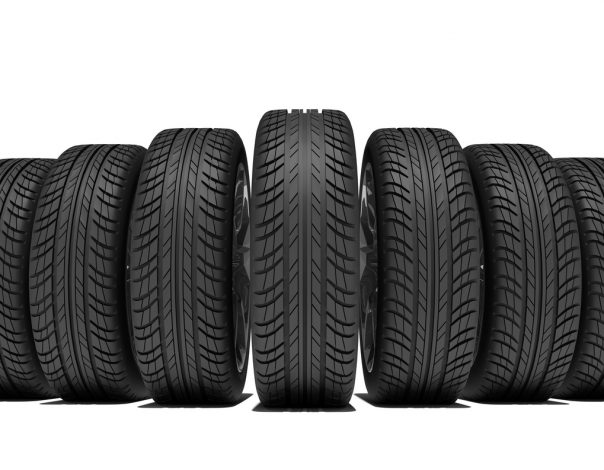What Are Tire Wear Bars & What Do They Do?
When it comes to tire maintenance, drivers often focus on air pressure and tread depth, but one built-in safety feature is just as important—tire wear bars. At GT Radial, we design our tires with performance, durability, and safety in mind, and wear bars are an essential part of ensuring drivers know when it’s time for a replacement. These small yet critical indicators help you monitor tread wear to stay safe and maintain optimal performance on the road.
Let’s look closer at tire wear bars, how they work, and why they matter when getting the most out of your GT Radial tires.
What Are Tire Wear Bars?
- Tire wear bars, also known as tread wear indicators (TWI), are small, raised rubber bars located within the tread grooves of your tires.
- They are strategically placed at multiple points around the tire and run perpendicular to the tread pattern.
- Unlike the rest of the tread, these bars do not wear down at the same rate as the tire, making them a reliable reference for gauging tread dept.h
How Do Tire Wear Bars Work?
The primary function of tire wear bars is to provide a visual cue that your tires have worn down to a point where they should be replaced. Here’s how they work:
Indicate When Tread Depth is Too Low
Most new tires have a tread depth of around 10/32″ to 12/32″. Over time, as the rubber wears down, the tread approaches the height of the wear bars. When the tread wears evenly with these bars—typically around 2/32″—your tires have reached their legal and functional limit.
Help Prevent Hydroplaning & Loss of Traction
Tires rely on tread depth to channel water away and maintain grip. When the tread is too low, water cannot disperse effectively, increasing the risk of hydroplaning and reducing braking performance.
Ensure Compliance with Safety Standards
Driving with tires with less than 2/32″ of tread depth is illegal in many states. Wear bars make it easy to spot when your tires need replacing, ensuring compliance with safety regulations.
Why You Should Replace Tires Before They Reach the Wear Bars
While wear bars indicate the minimum legal tread depth, experts recommend replacing tires before they reach this point—especially in wet or winter conditions. Tires with 4/32″ tread depth or less can significantly lose traction on wet roads, increasing stopping distances and reducing control.
How to Check Your Tire Wear Bars
Checking your wear bars is simple and requires no special tools. According to GT Radial’s tire pros, here’s how to do it:
- Inspect the Tread Grooves: Look inside the main grooves of your tires for small horizontal bars of rubber. If the tread is flush with these bars, it’s time to replace your tires.
- Use the Penny Test: Another easy way to check tread depth is by inserting a penny into the groove with Lincoln’s head facing down. If the top of his head is visible, the tread is too worn, and the tires need replacing.
- Monitor for Uneven Wear: If some parts of the tire are more worn than others, it may indicate improper alignment or inflation issues. Regular tire rotations and pressure checks help ensure even wear.
Stay Safe with GT Radial Tires
At GT Radial, we prioritize safety, performance, and durability. Our tires are designed with advanced tread technology to provide long-lasting traction and wear resistance. If your current tires are nearing their wear bars, explore our full lineup of high-performance, all-season, and winter tires to find the perfect replacement.
Still not sure if your tires need replacing? Click here to learn more!


